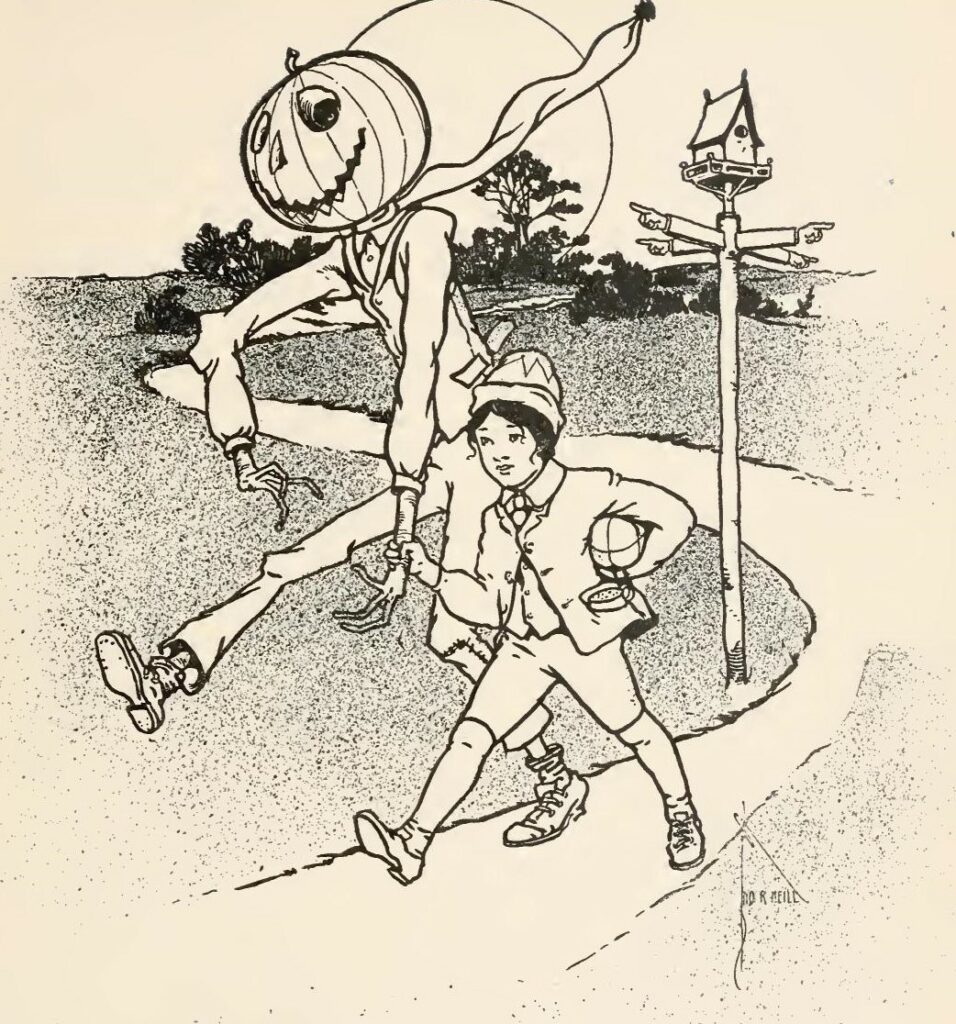Published 31 October 2022
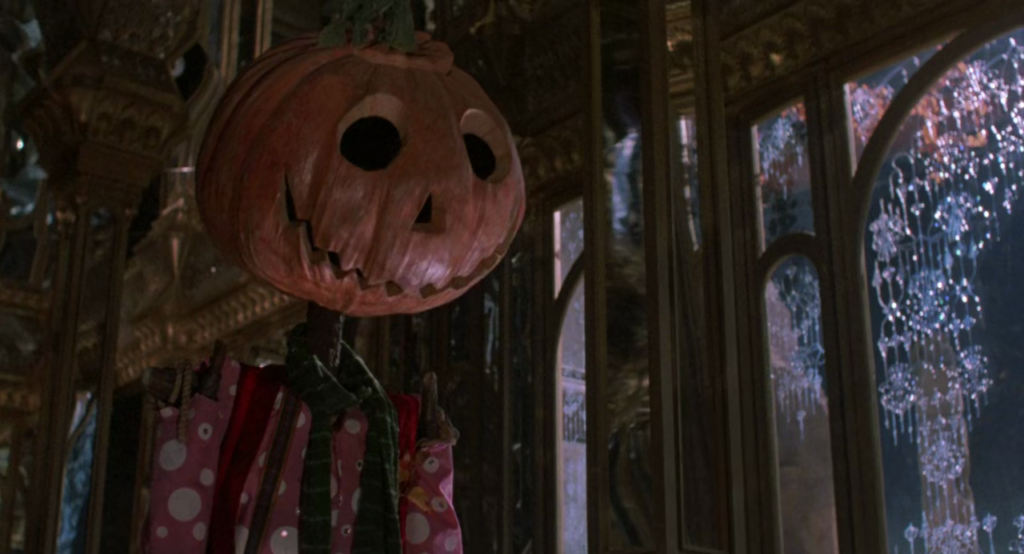
While it was not the first, the 1939 movie The Wizard of Oz has proven the most enduring and popular adaptation of L. Frank Baum’s original novel. The Wonderful Wizard of Oz was published thirty-nine years prior to the release of that film. To be frank (pun intended), I find the movie boring. I assume it is popular because it was a special effects extravaganza for 1939. Baum’s novel, in contrast, is an inspiration to me for its incorporation of lush and extensive artwork by W. W. Denslow with the text. My copy of The Wonderful Wizard of Oz sits proudly on my shelves of classic literature.
I am not writing about The Wonderful Wizard of Oz today, however. It only recently occurred to me that I should read a few of the other books in the series. Baum himself wrote at least fifteen Oz books in total. He seems to have been hesitant to pursue the endeavor. But money is a powerful motivator. When the second Oz novel, The Marvelous Land of Oz, proved another hit, Baum, like a certain man named Arthur Conan Doyle who continued his Sherlock Holmes stories despite being averse to doing so, committed to writing more bizarre modern fairy tales set in this magical world.
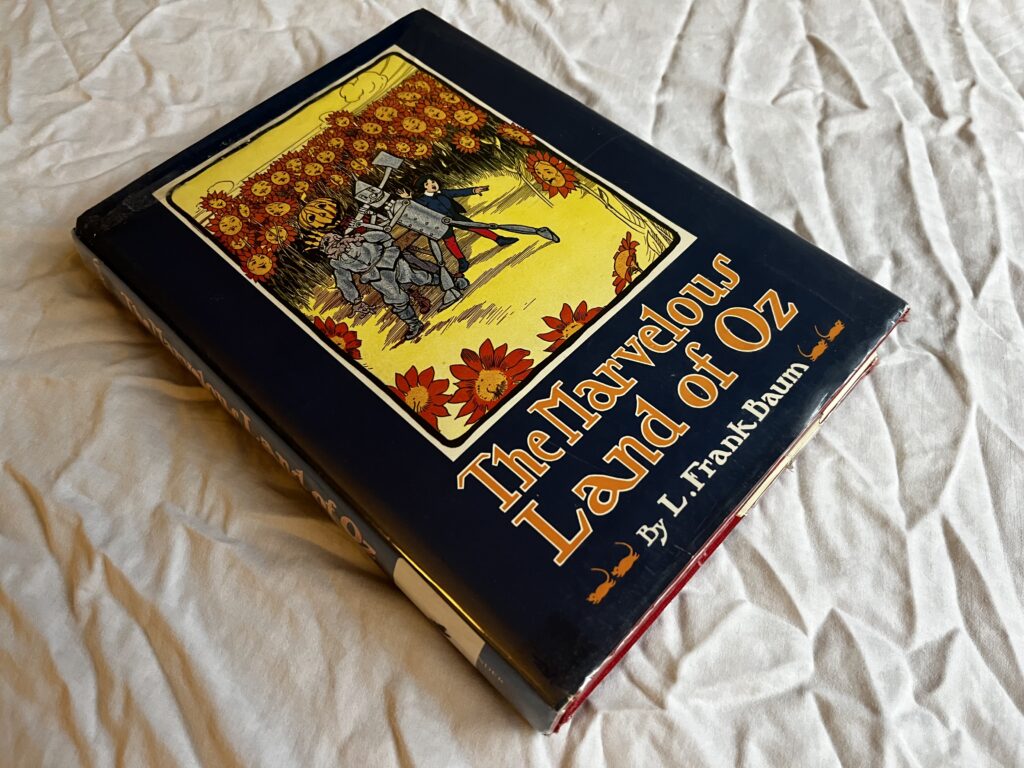
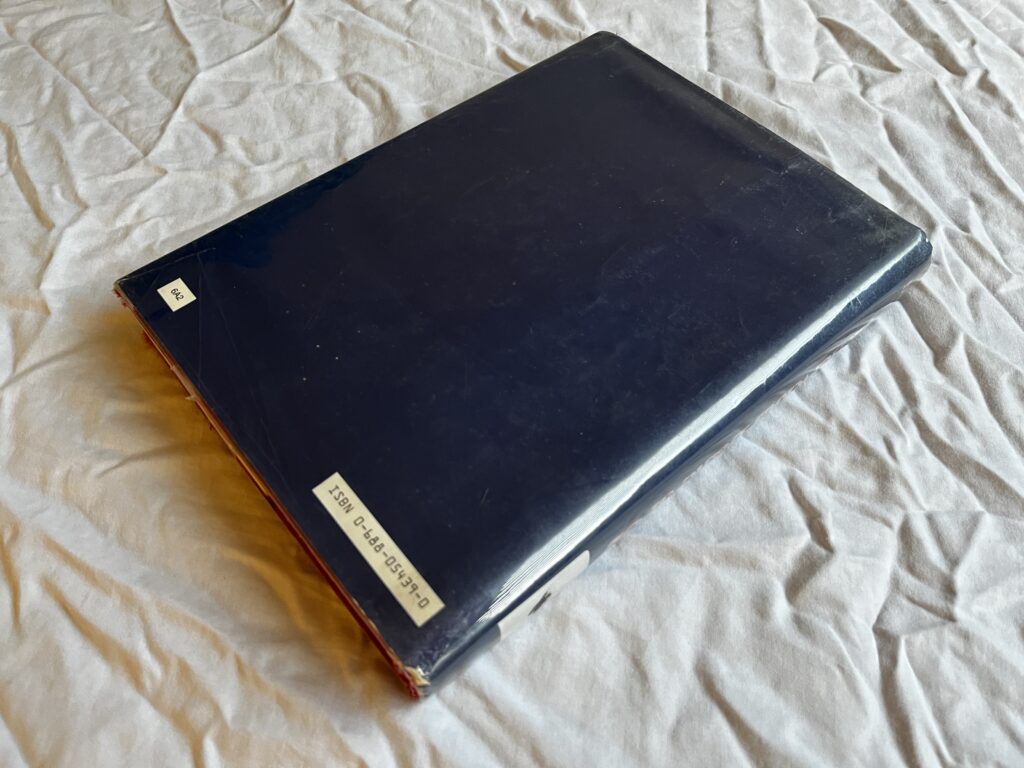
My copy of The Marvelous Land of Oz is the William Morrow & Company 1985 reprinting of the 1904 original, a high-quality hardcover book that faithfully reproduces the large text and the illustrations that flavor almost every other page. The color drawings feature their own glossy pages, which disrupts the aesthetic of the book as a physical object but ensures the highest possible quality for the drawings themselves. Most of the illustrations are line drawings without color.
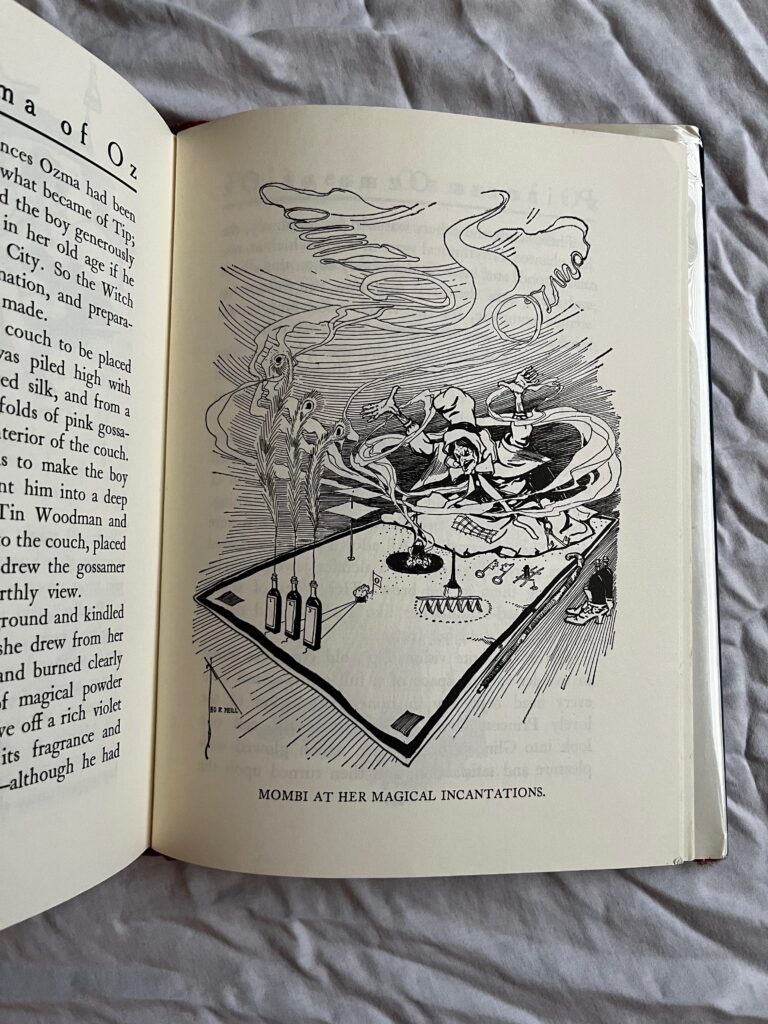
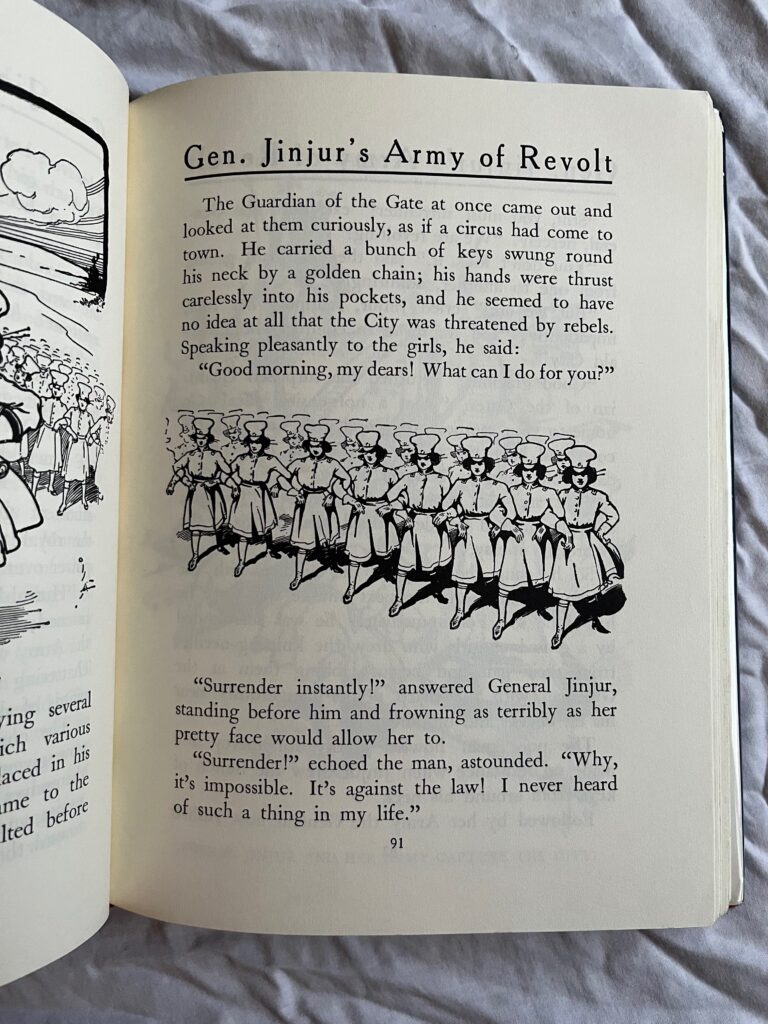
The later Oz books brought back Dorothy by popular demand (according to Baum). However, The Marvelous Land of Oz keeps the action in the titular magical region, or “fairy country” as Dorothy calls it in the sequel, no isekai involved. The protagonist is a young boy named Tip who lives in the country of the Gillikin people with a mean old sorceress—not a witch, for bureaucratic reasons—named Mombi. The story begins with Mombi out buying a life-bestowing powder from a shady wizard. A series of events leads to Tip running away from home with a terrifying but friendly living mannequin named Jack Pumpkinhead and a similarly living Saw-Horse that can gallop at rapid speeds. Tip and his friends become entangled with political intrigue after General Jinjur and the Army of Revolt overthrow the Scarecrow and seize the Emerald City, later bringing Mombi aboard as a royal advisor. Along the way, like Dorothy, Tip becomes a member of a bizarre group of travelers. The Scarecrow and the Tin Woodman (real name Nick Chopper) are well known from Dorothy’s adventures, both in the universe of the fiction and in the world you and I inhabit. But the aforementioned Pumpkinhead, the pun-slinging Woggle-Bug, and the wobbly but indefatigable Saw-Horse also join Tip on his journey. The Pumpkinhead’s presence is also my justification for posting this on Halloween.
